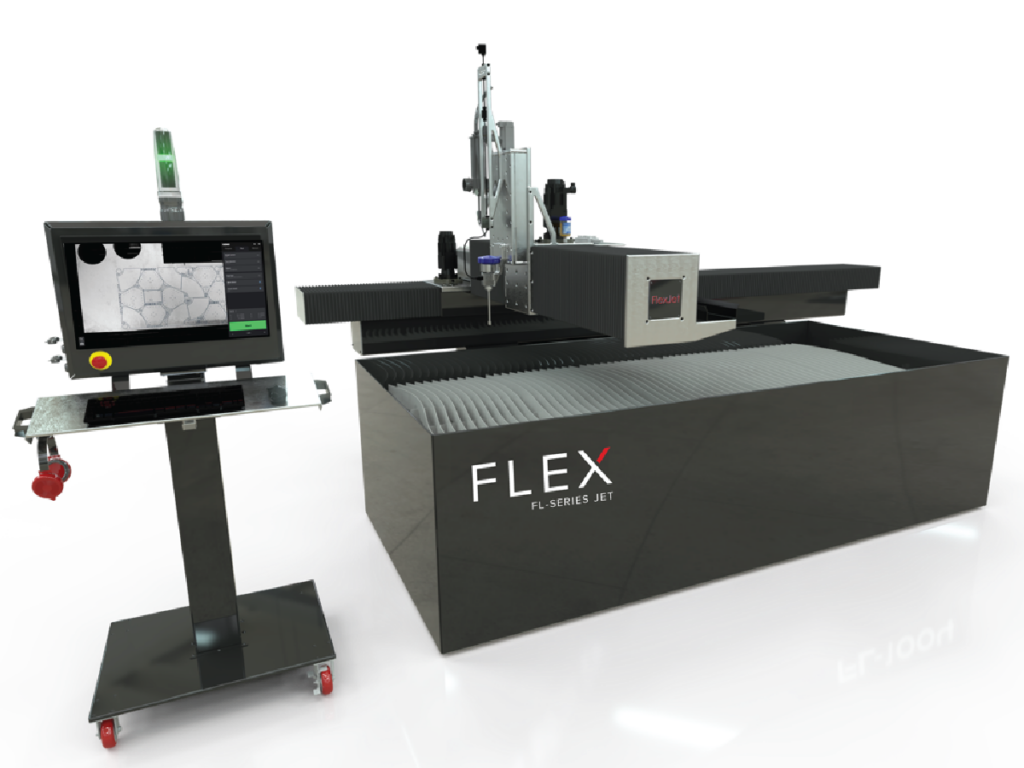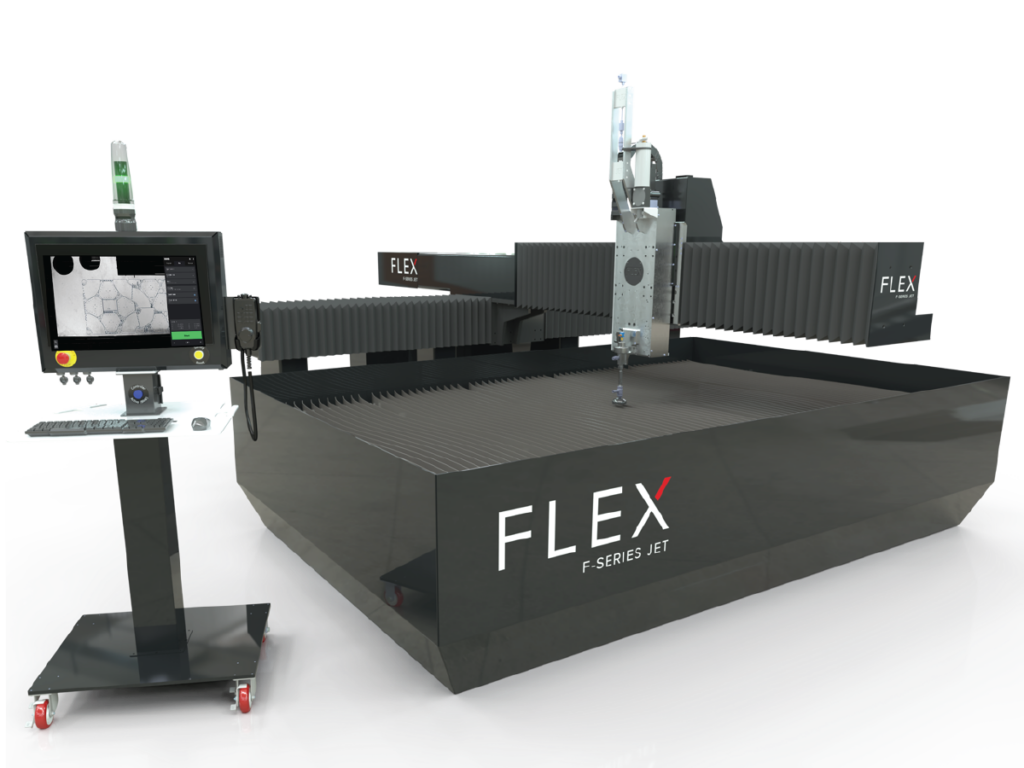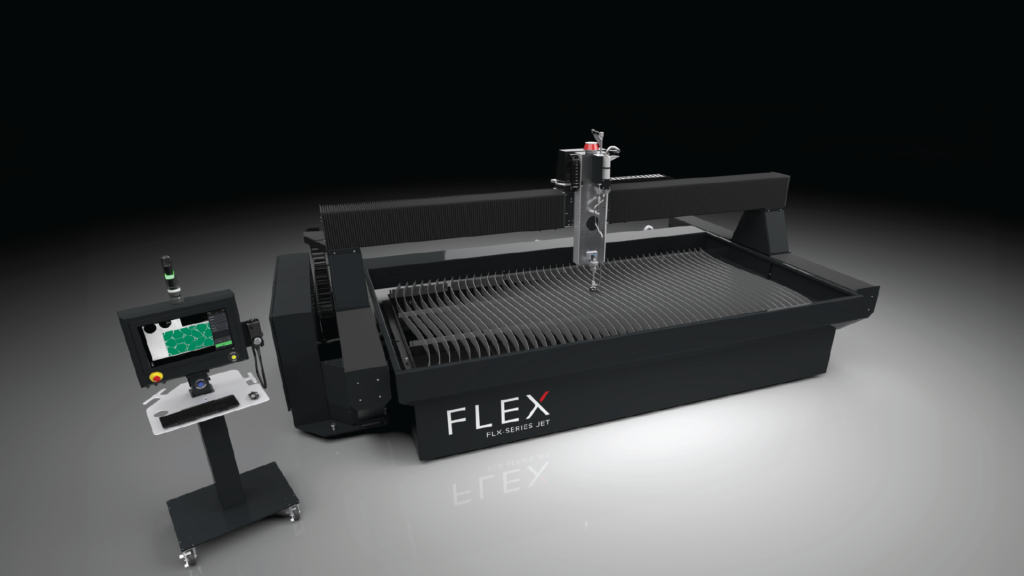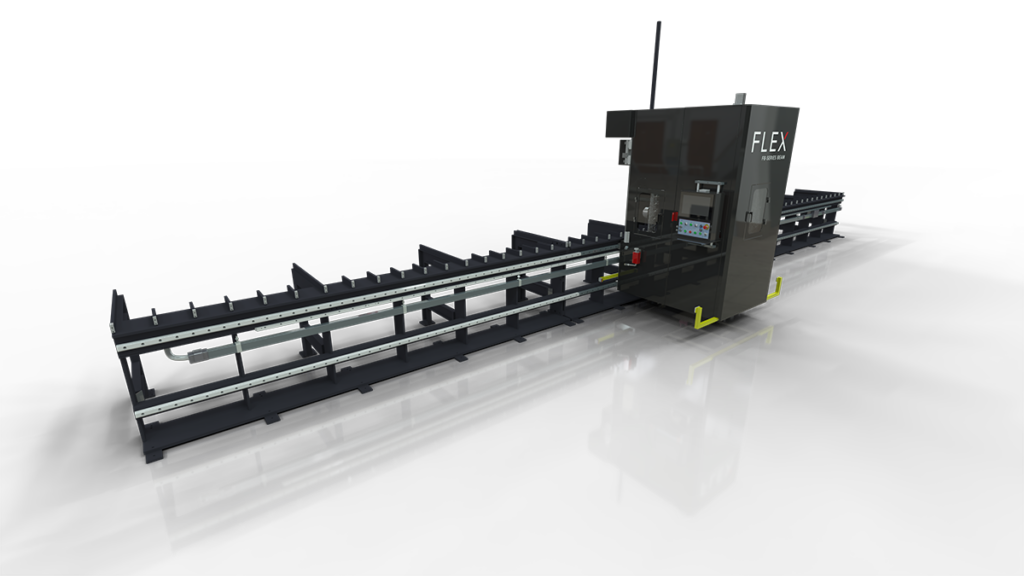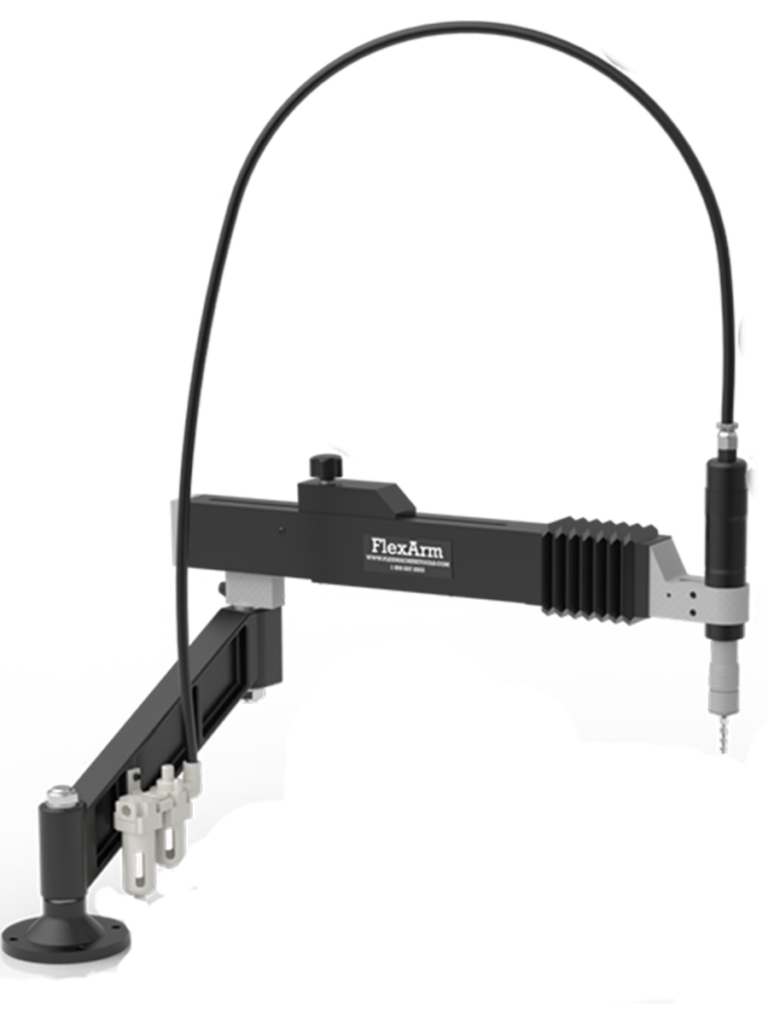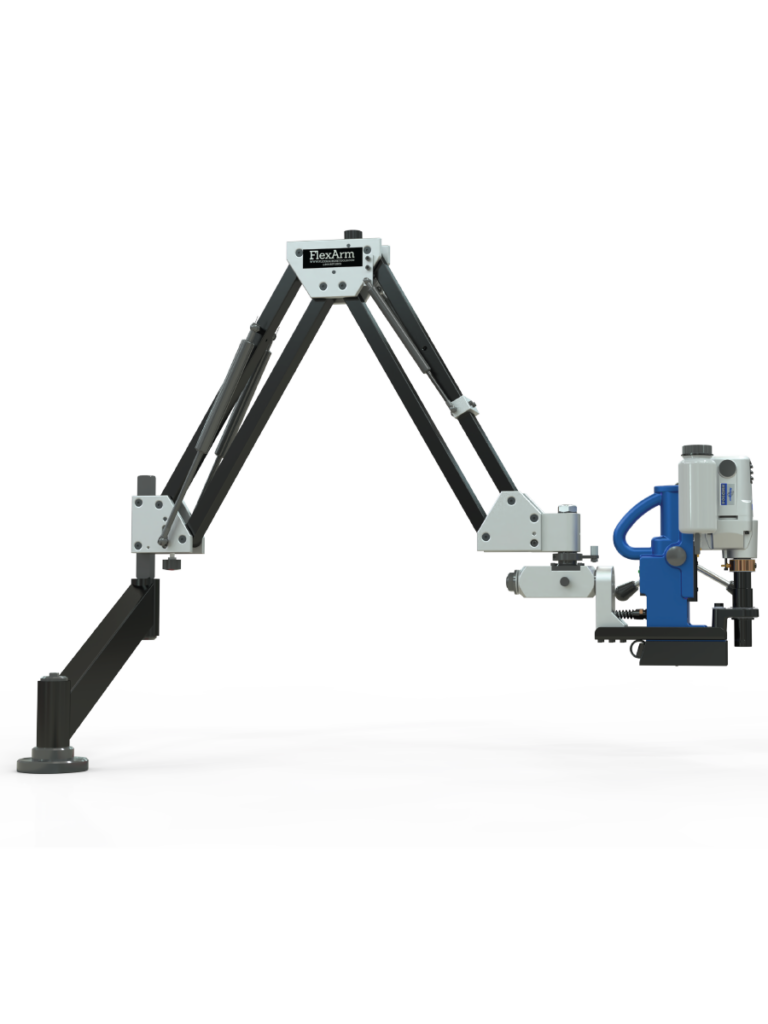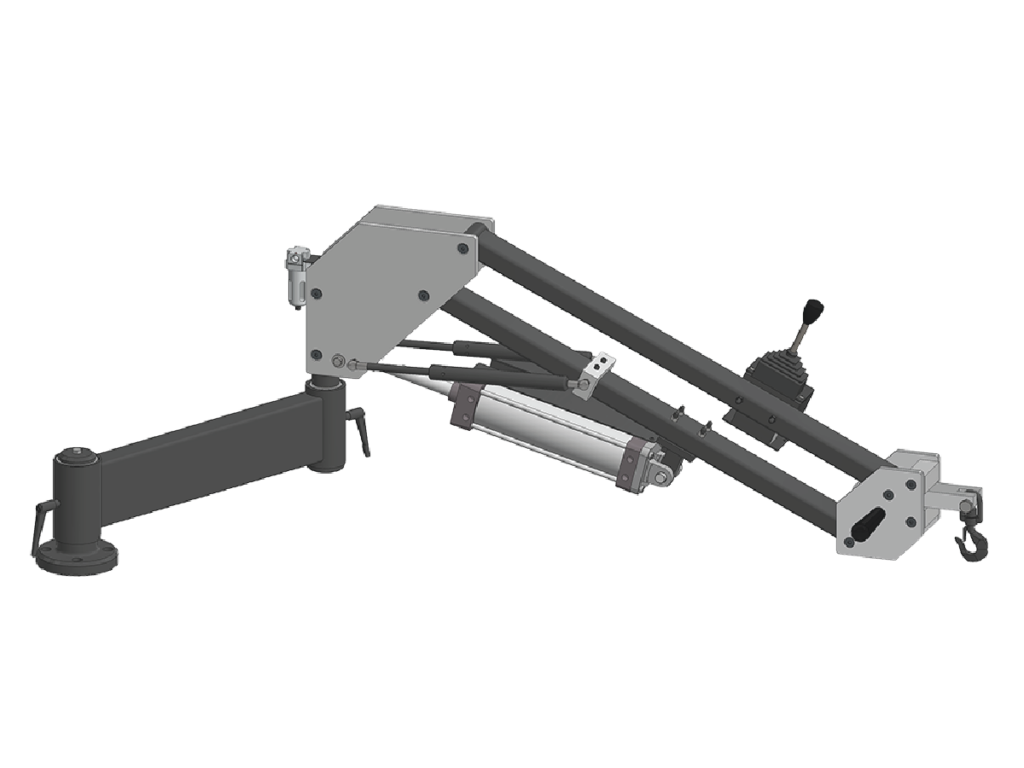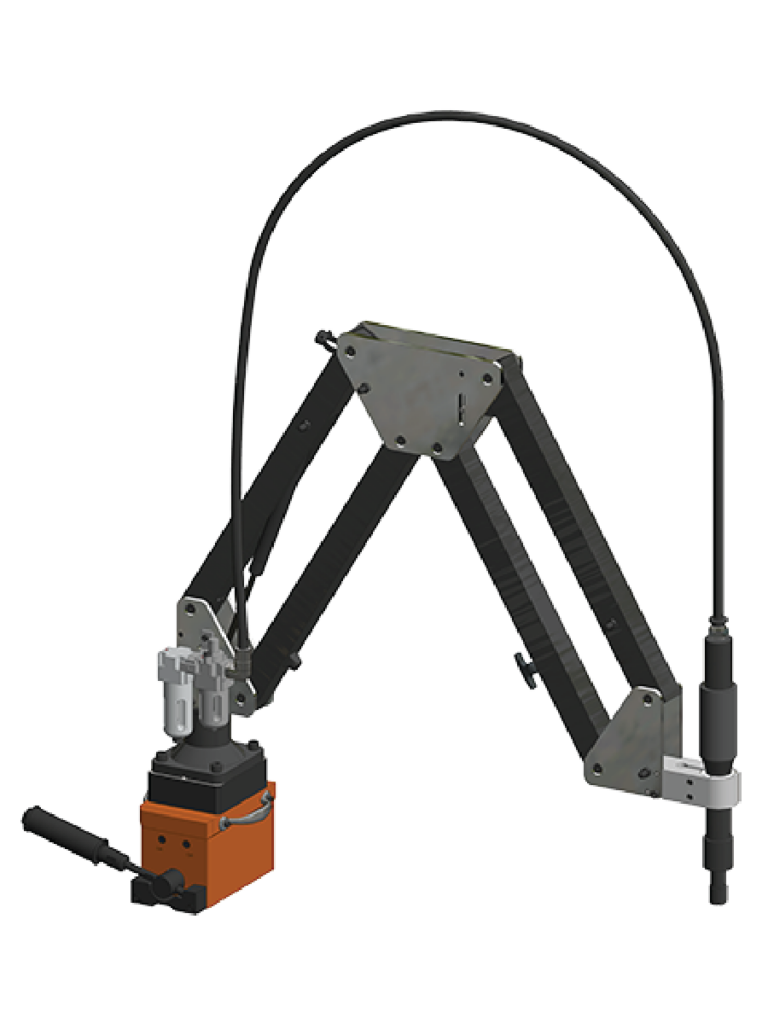There are many different concepts that go into understanding waterjet cutting and why one machine performs better than another. Many people look at speed as the first indicator of which system performs the best. With a deeper understanding of how waterjets work, it becomes easier to see that there is a much more important factor that plays into the efficiency of them. Two machines performing an identical cut on identical material can finish at two different speeds. This is possible because the systems have two different accelerations. Acceleration in waterjets is the most important factor when it comes to total run time.
Understanding the Difference
Speed and acceleration are two very different things. When defining speed within waterjet cutting, we would measure the distance the waterjet travels over time. The speed of a waterjet is a good indicator of the machine’s efficiency, but it’s not the best one. Speed becomes important only when discussing long, straight cuts. However, many projects will require much more in depth cuts. This is why acceleration is important.
Acceleration is the change in speed over a given amount of time. In waterjet cutting, this is how long it takes a machine to go from being stopped to it’s full speed. When cutting on detailed or irregular projects, the machine will have to stop and start multiple times. The acceleration of the waterjet will determine how long these projects take. This makes acceleration the most important factor when comparing different waterjets.
Benefits of Acceleration
Acceleration makes a waterjet more efficient in many ways. Acceleration creates many ways for operators, manufacturers, and consumers to save money. Typically, the more acceleration a machine has, the faster it can complete a project. This means that manufacturers can take on more projects and make more money. Due to this, acceleration becomes a benefit for everyone involved in this process.
Acceleration in the FlexJet Waterjet
The FlexJet waterjet has the fastest acceleration rate and traverse speed in the waterjet cutting market. The machine moves at 1,800 IPM and has an acceleration of 1G. In the market, the closest competitor has acceleration of .1G and speeds of 700 IPM. With higher speed and acceleration, the FlexJet waterjet will complete more parts per hour and help save money on abrasive, overall bringing in more income while costing less to run. The FlexJet waterjet is the overall more efficient and productive waterjet on the market.
If you’re looking to speed up part production, click here or call 800-837-2502.

